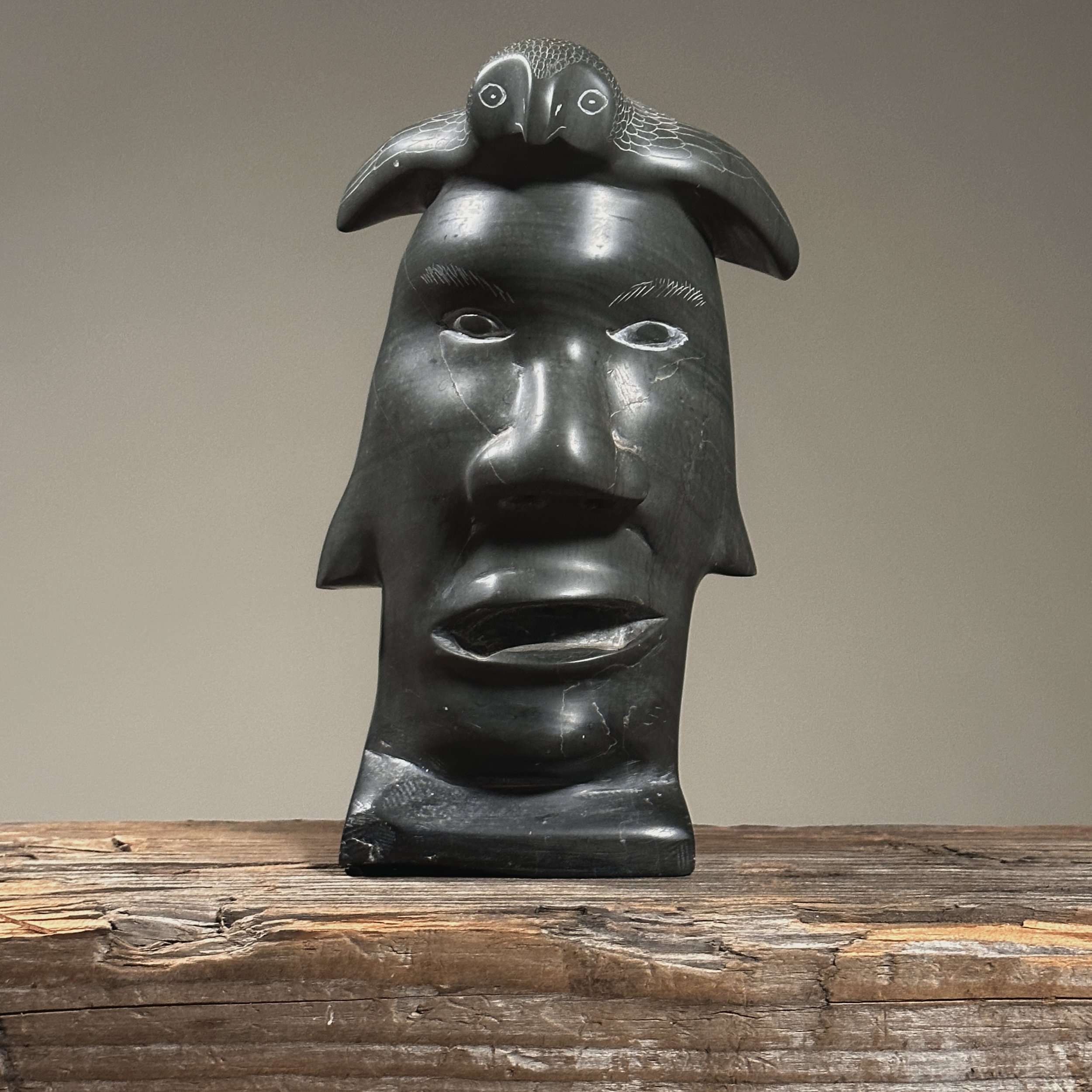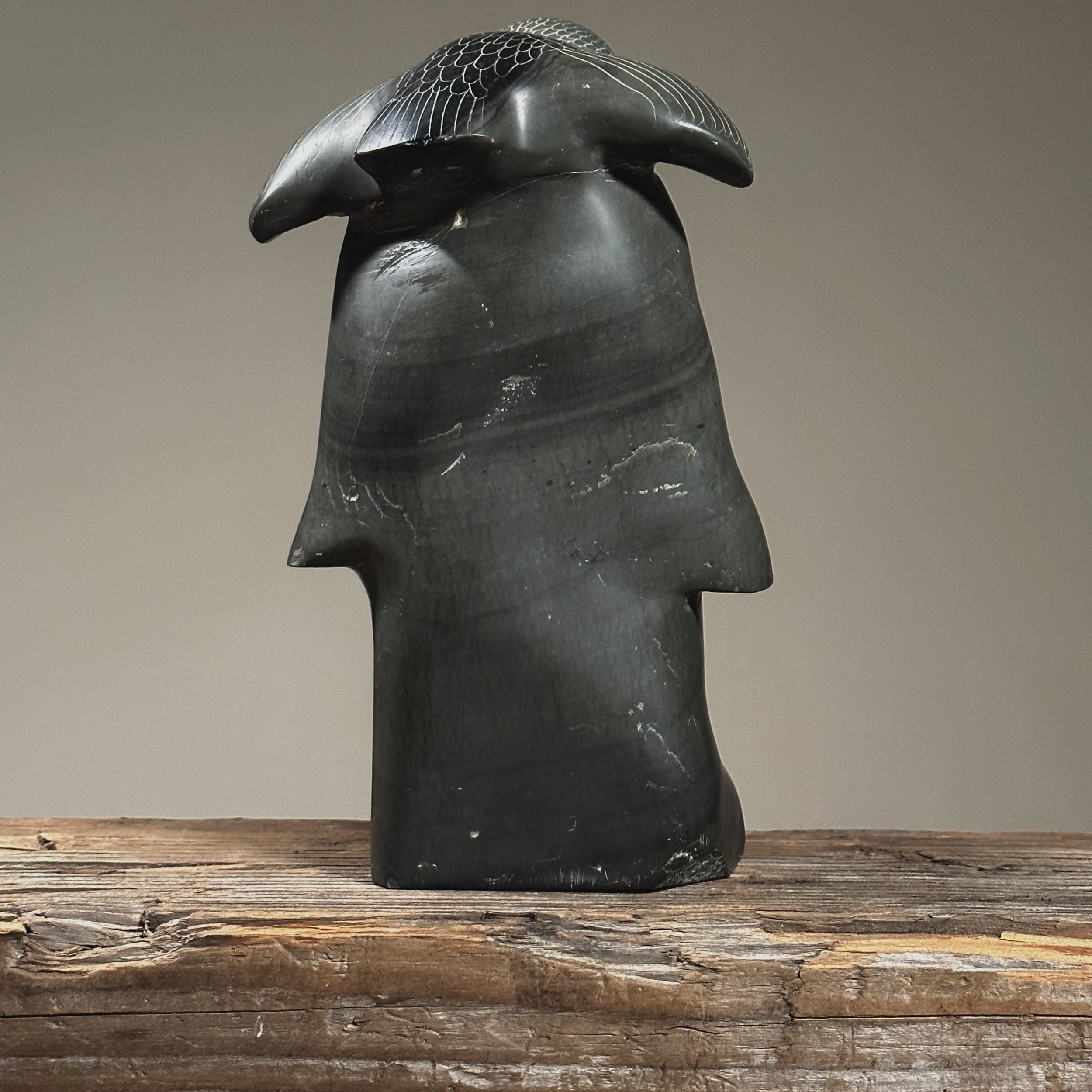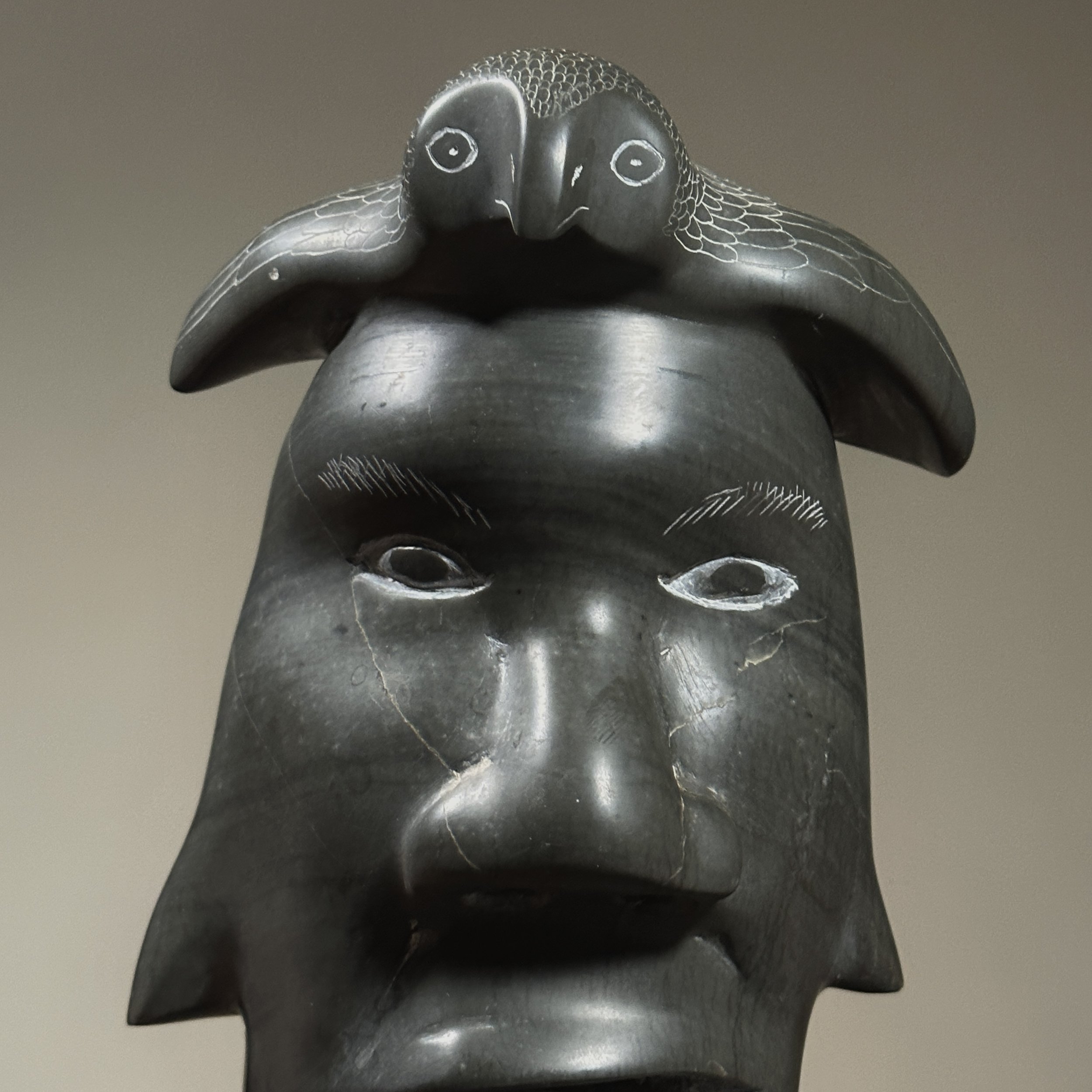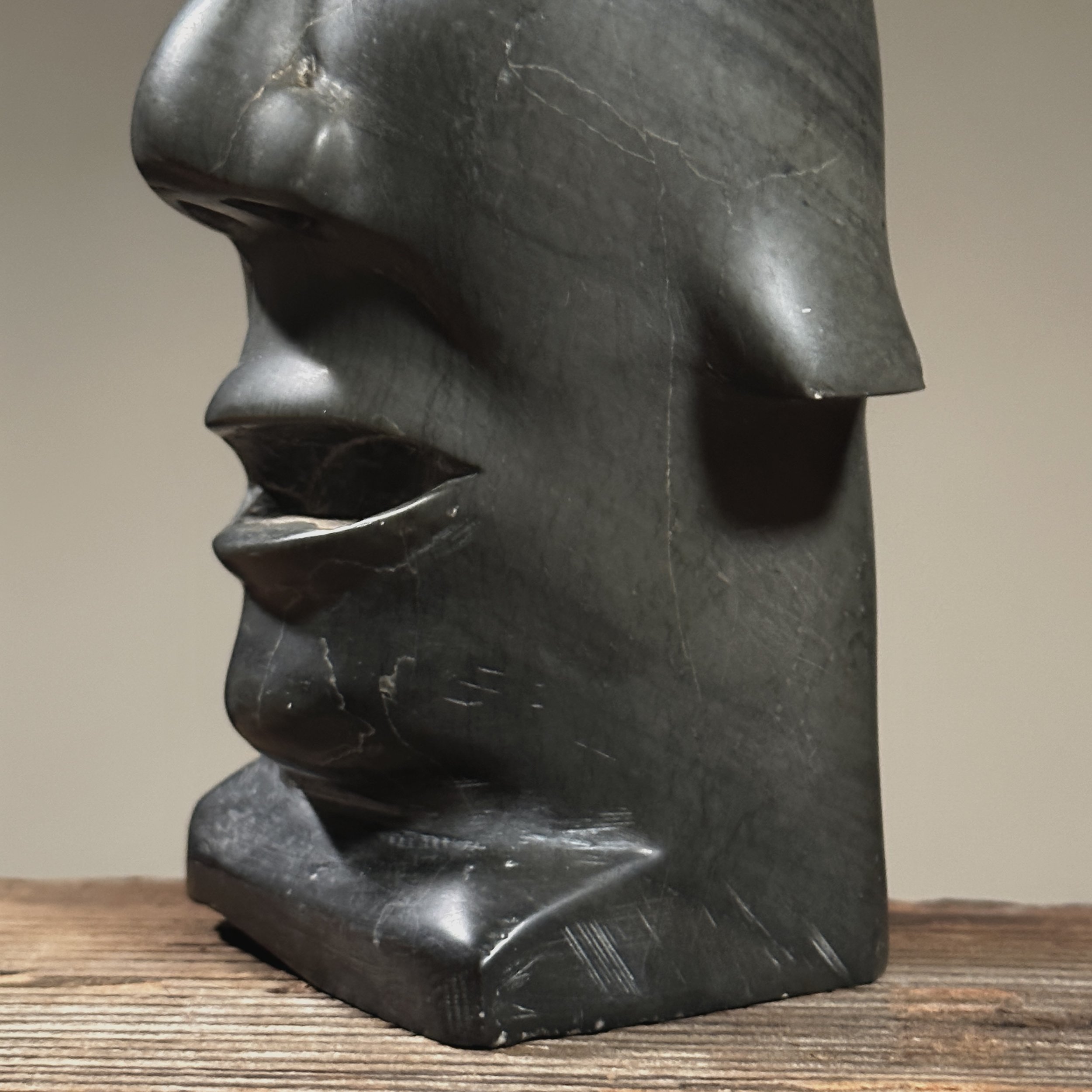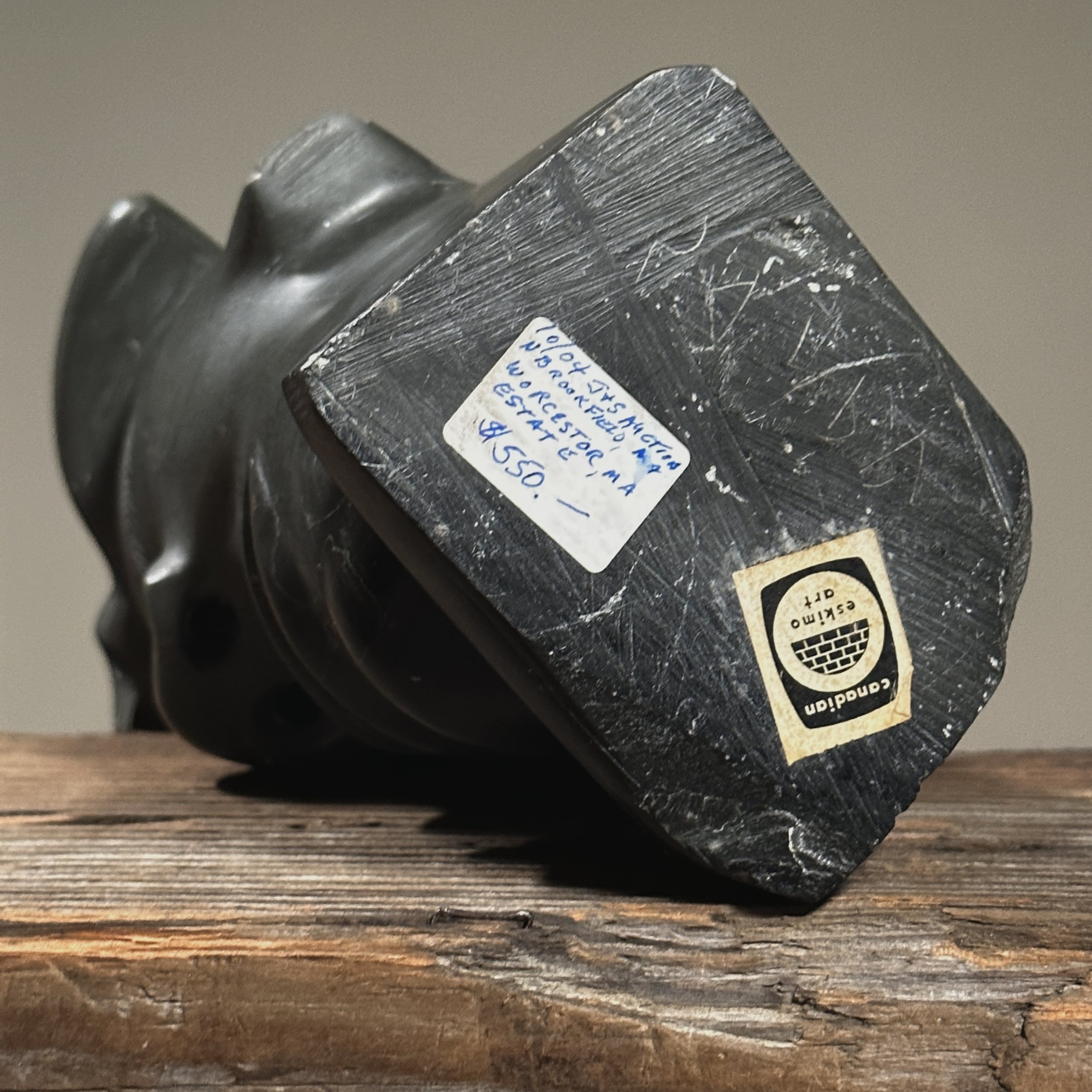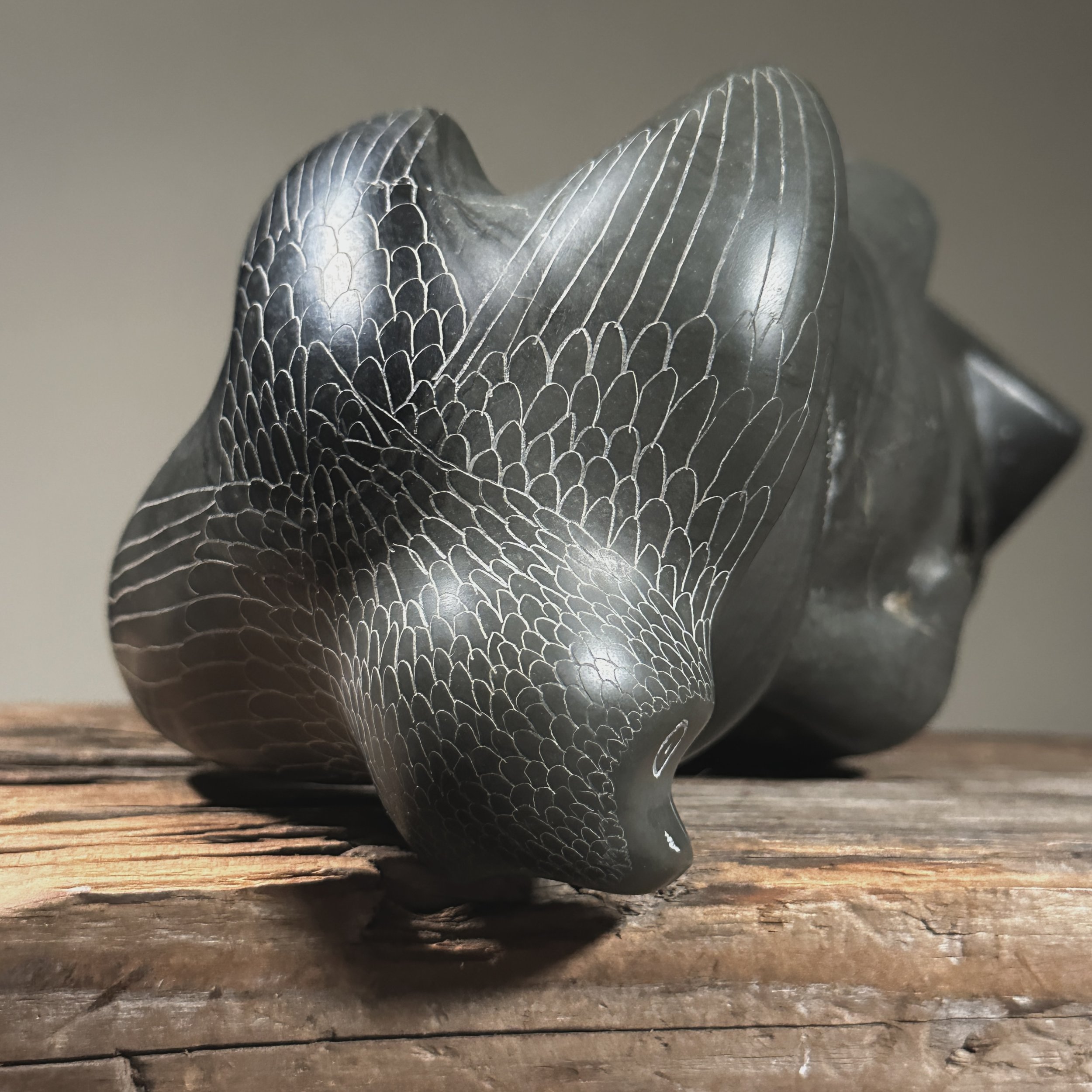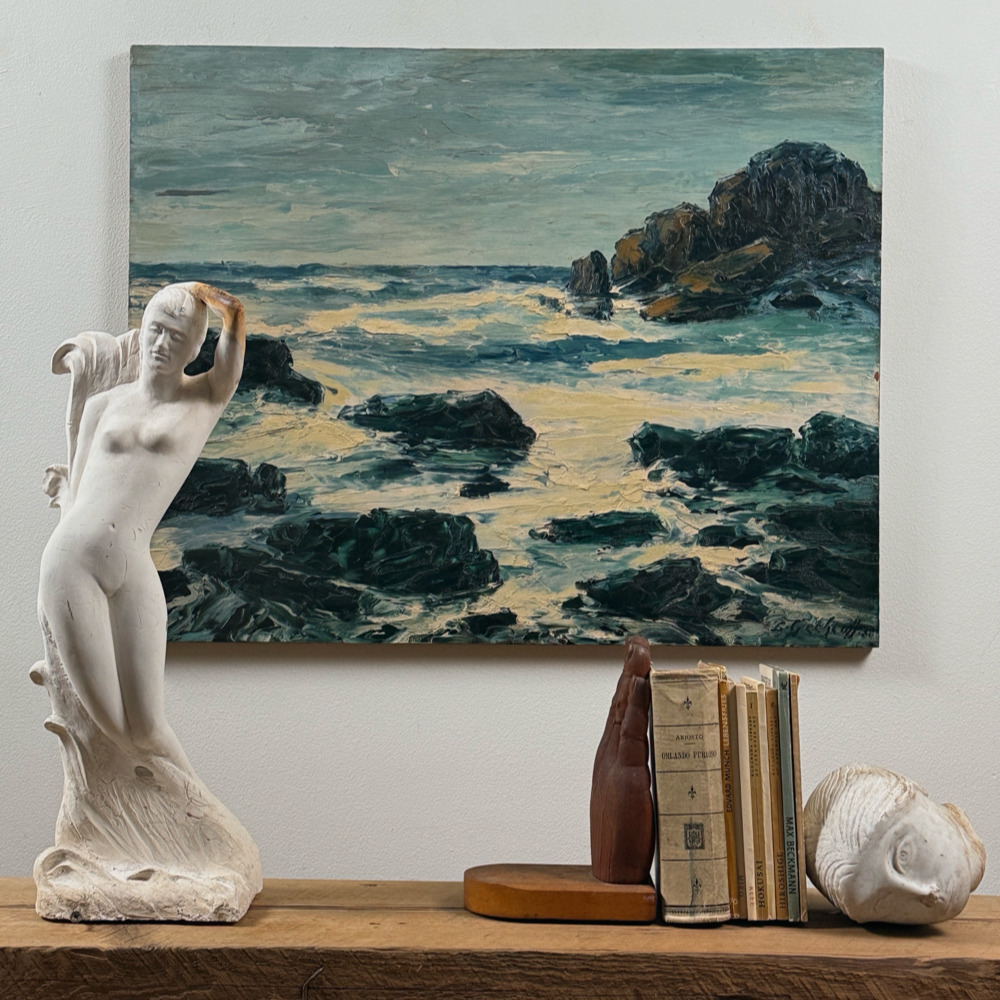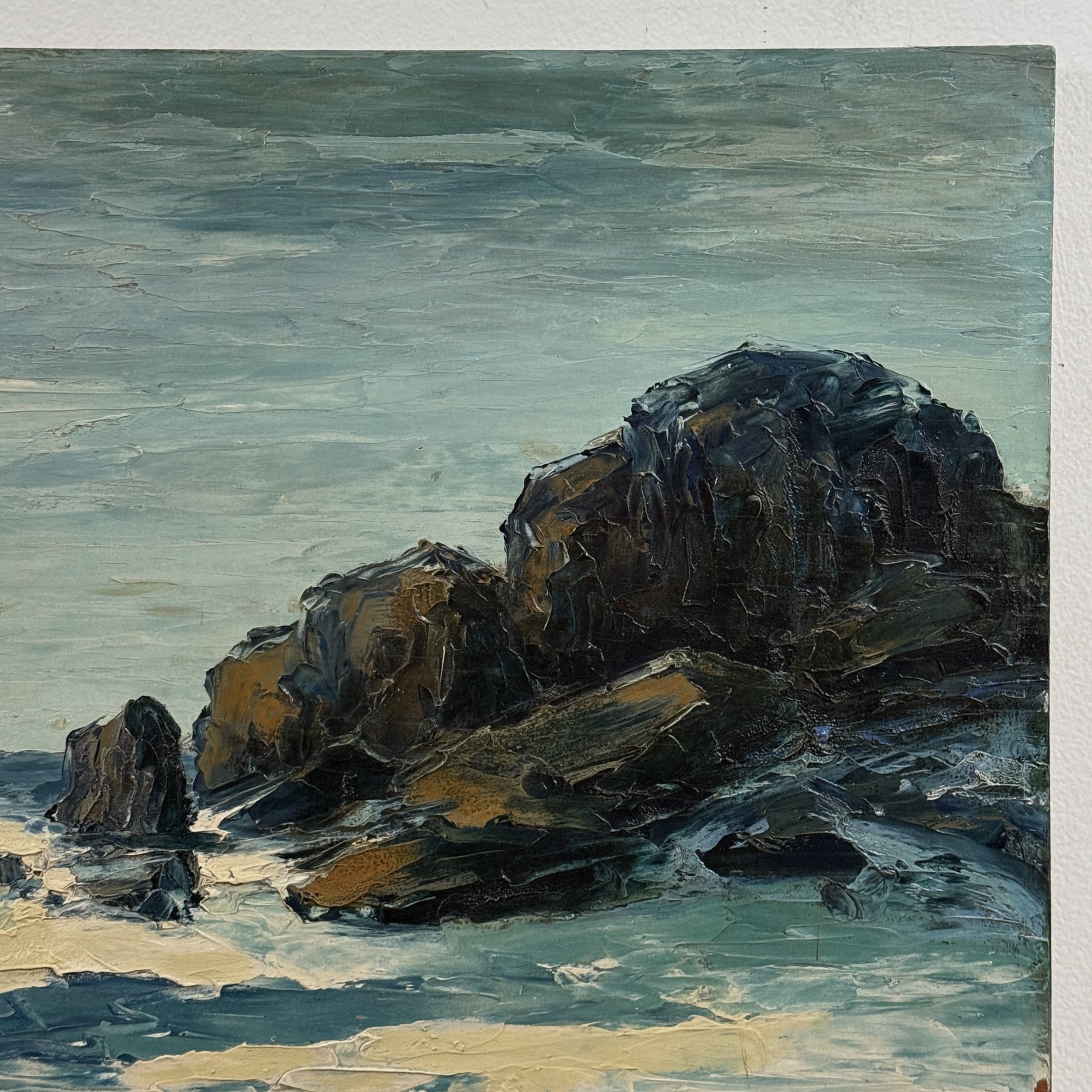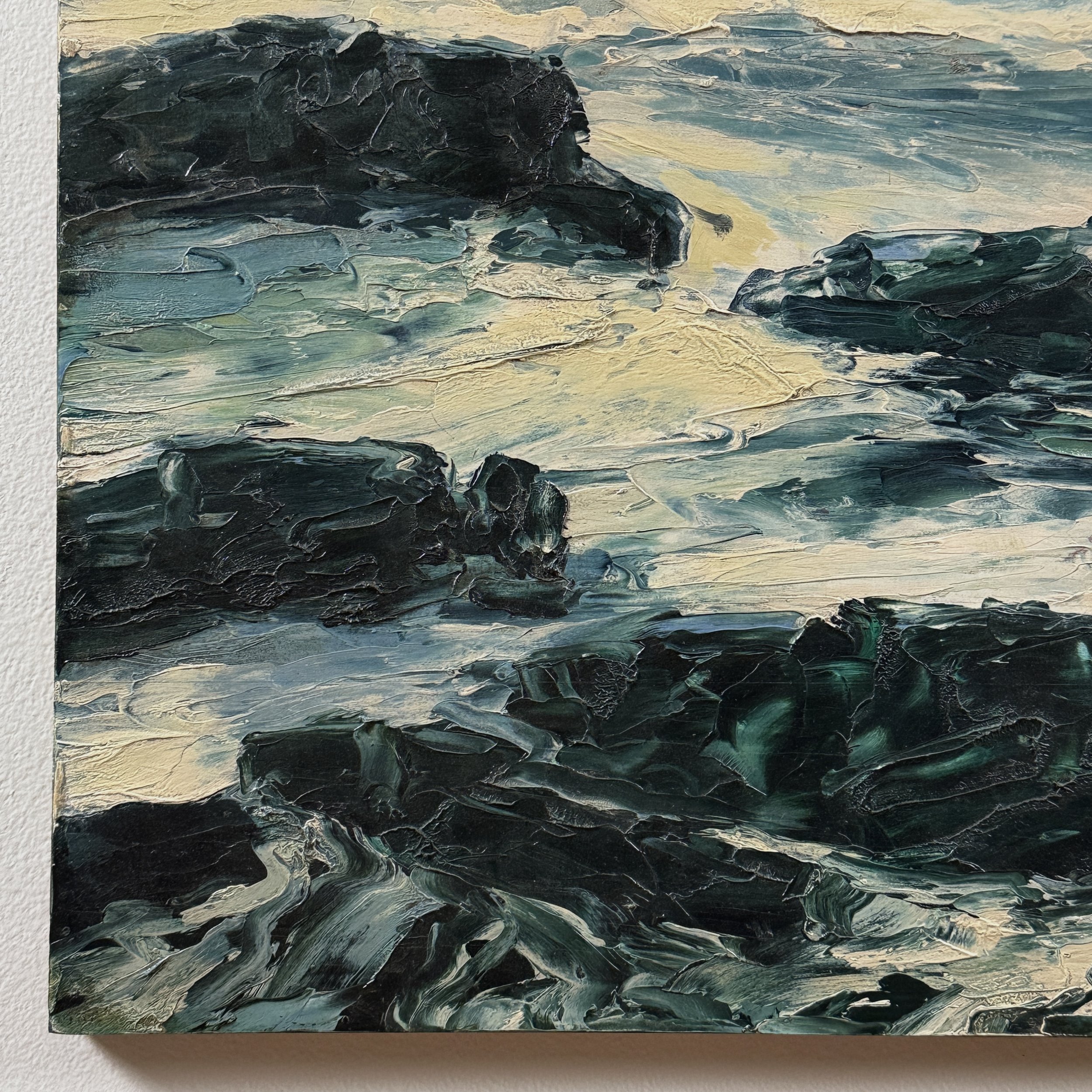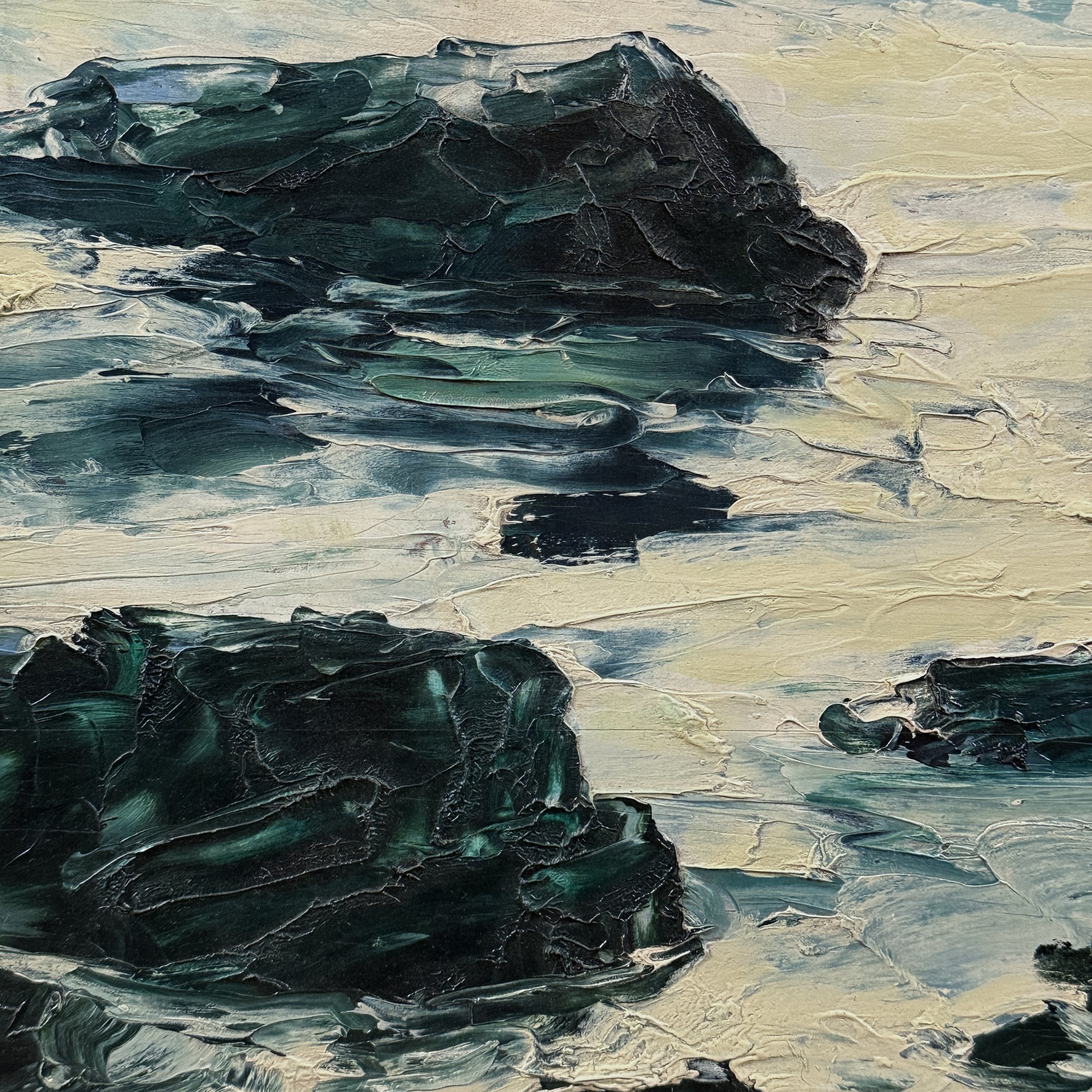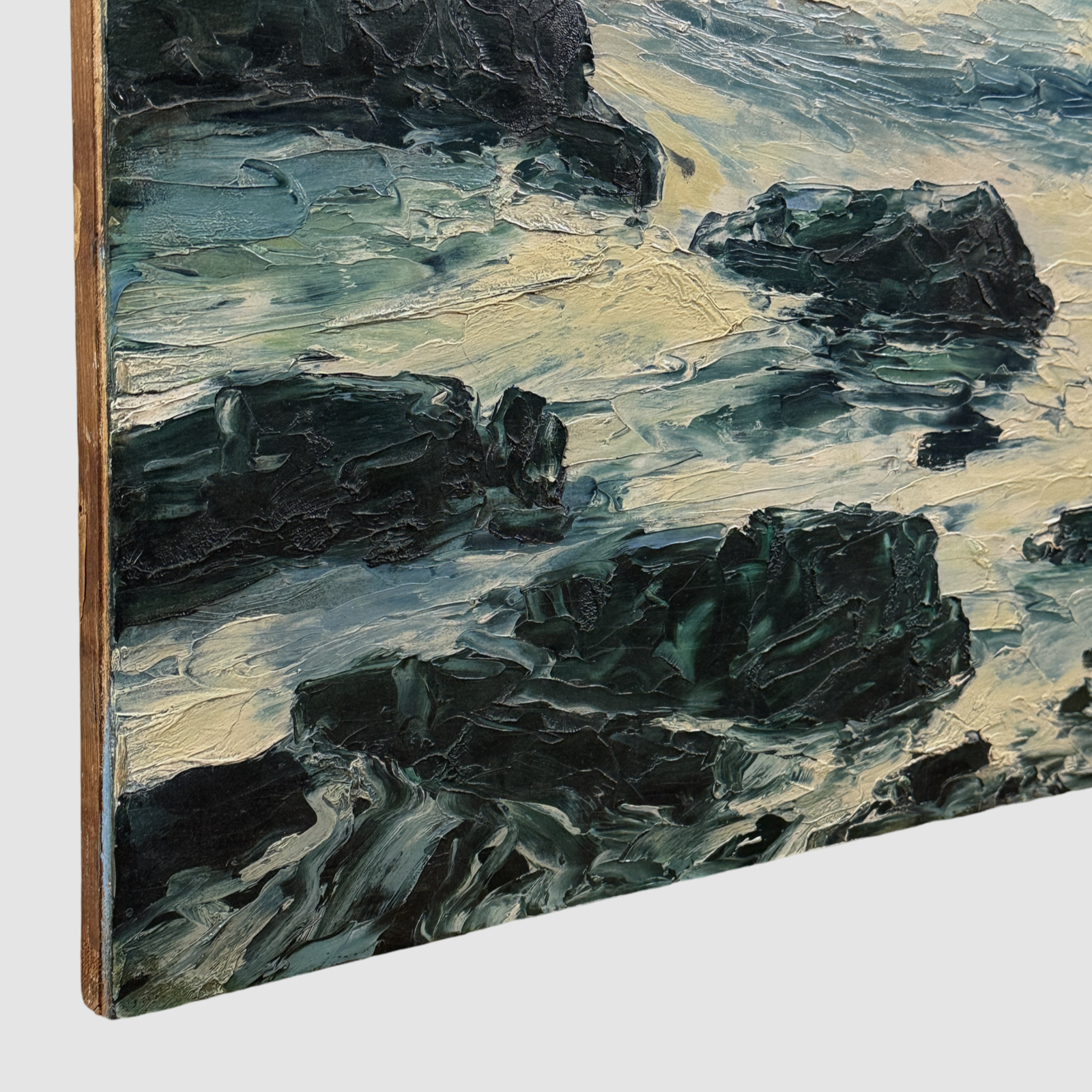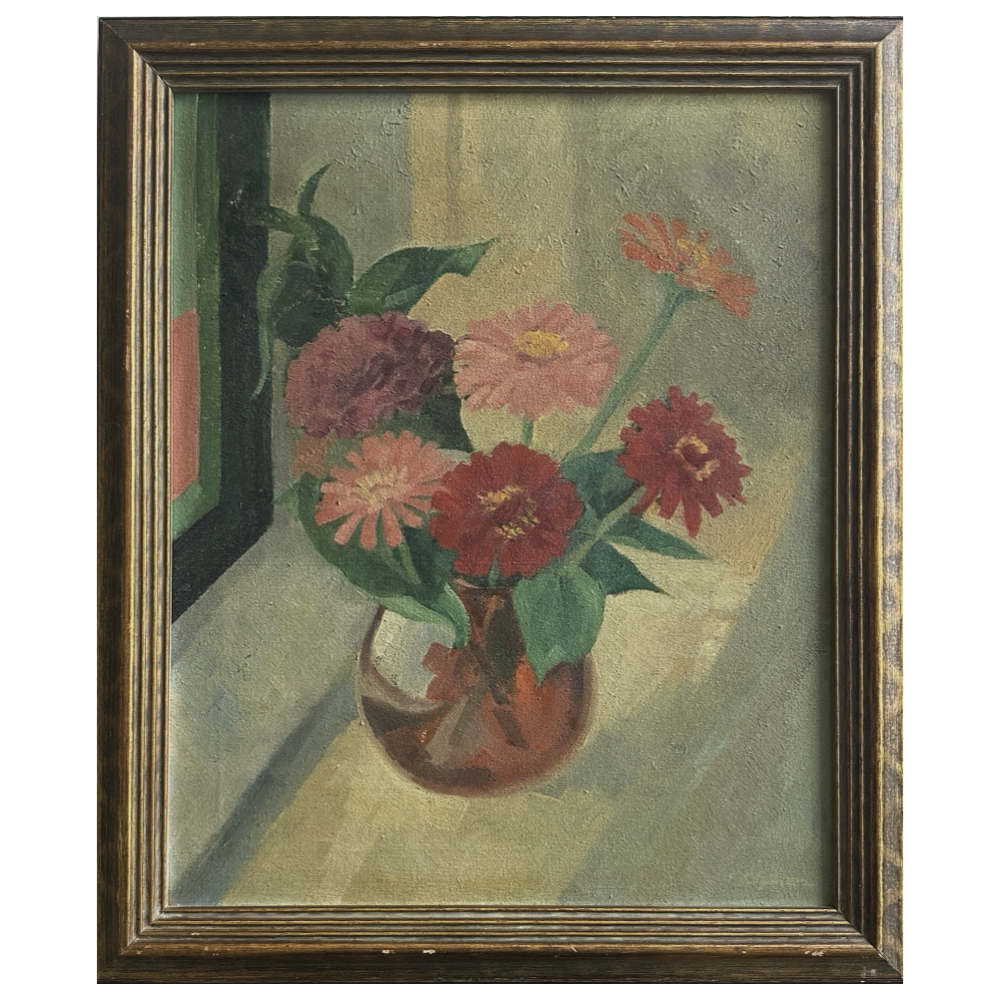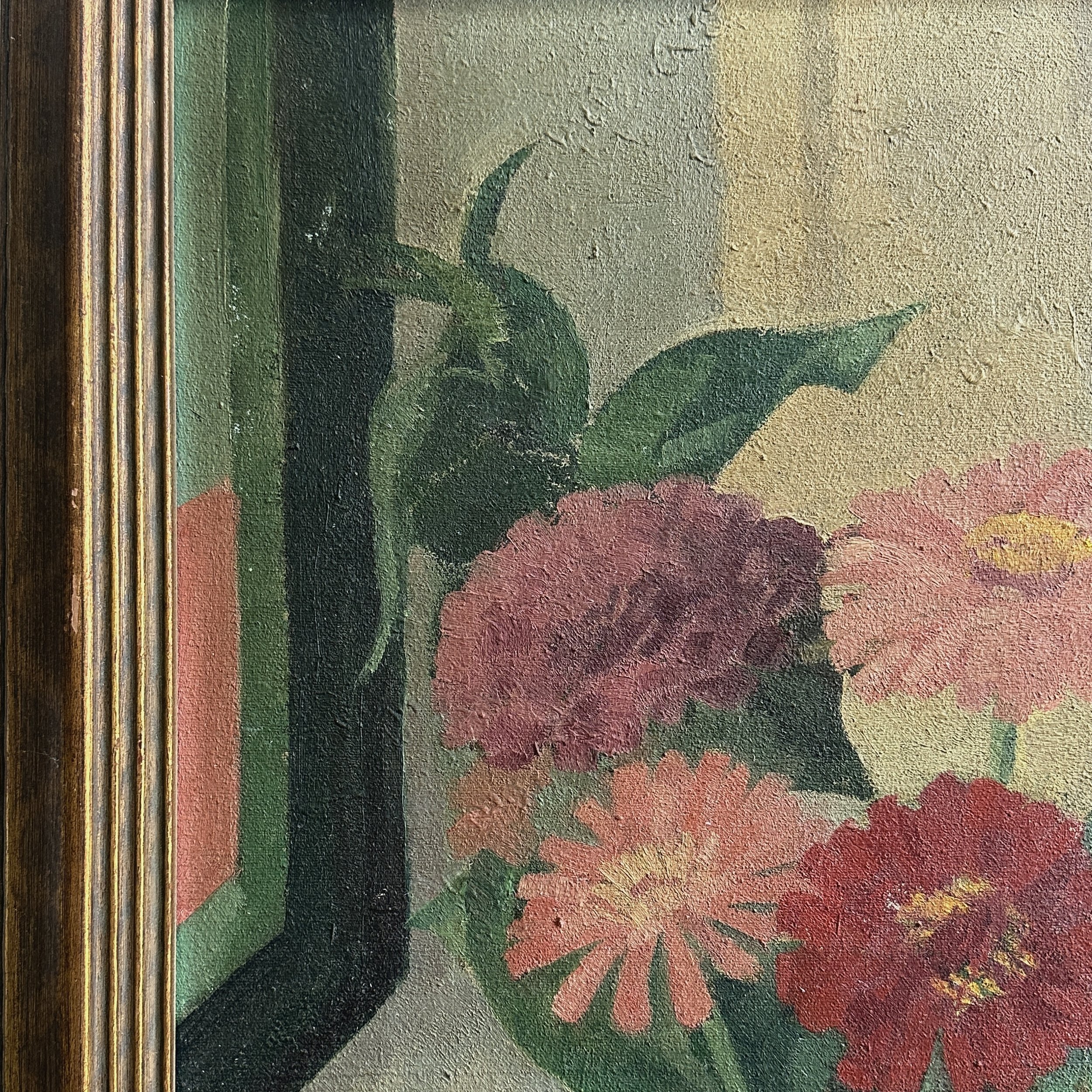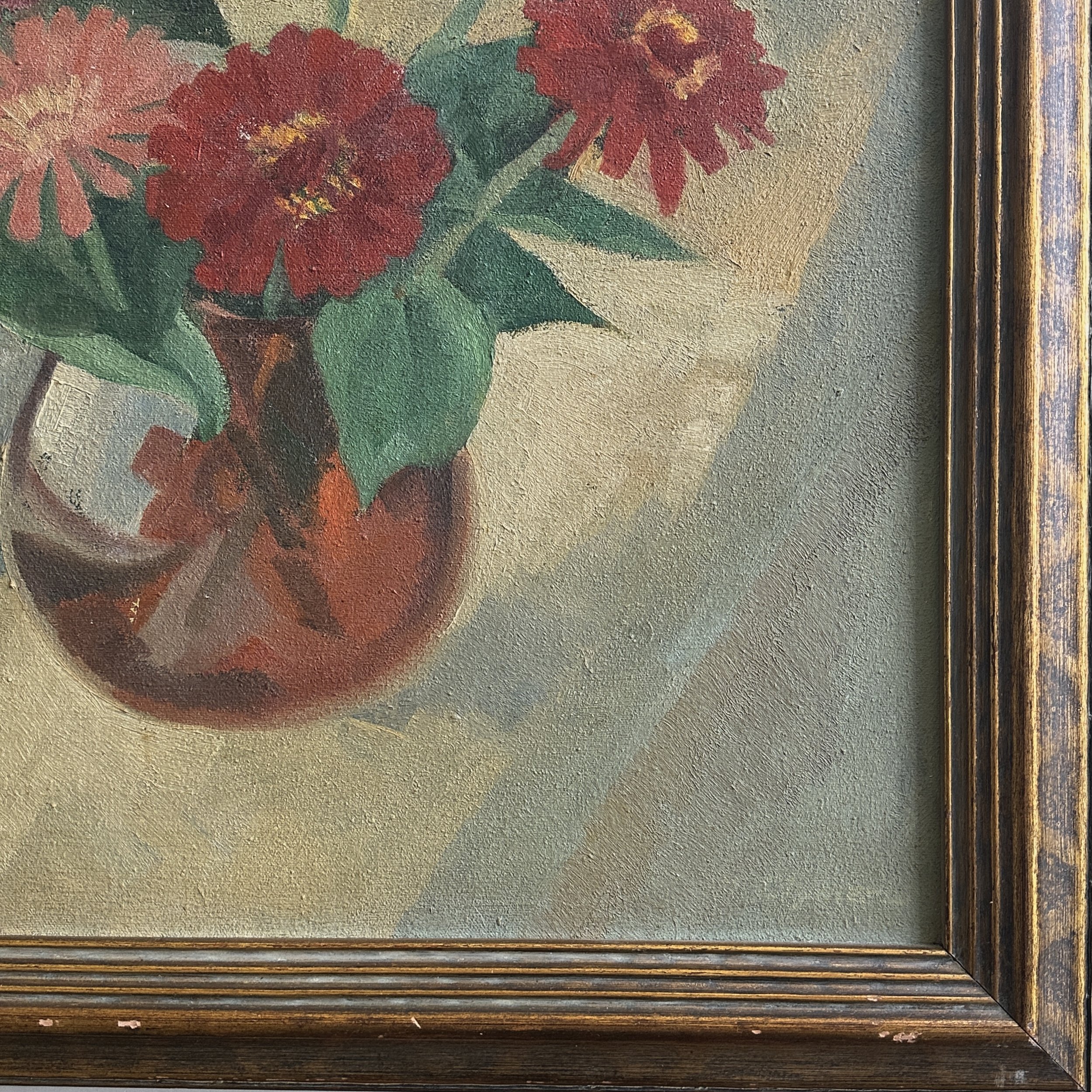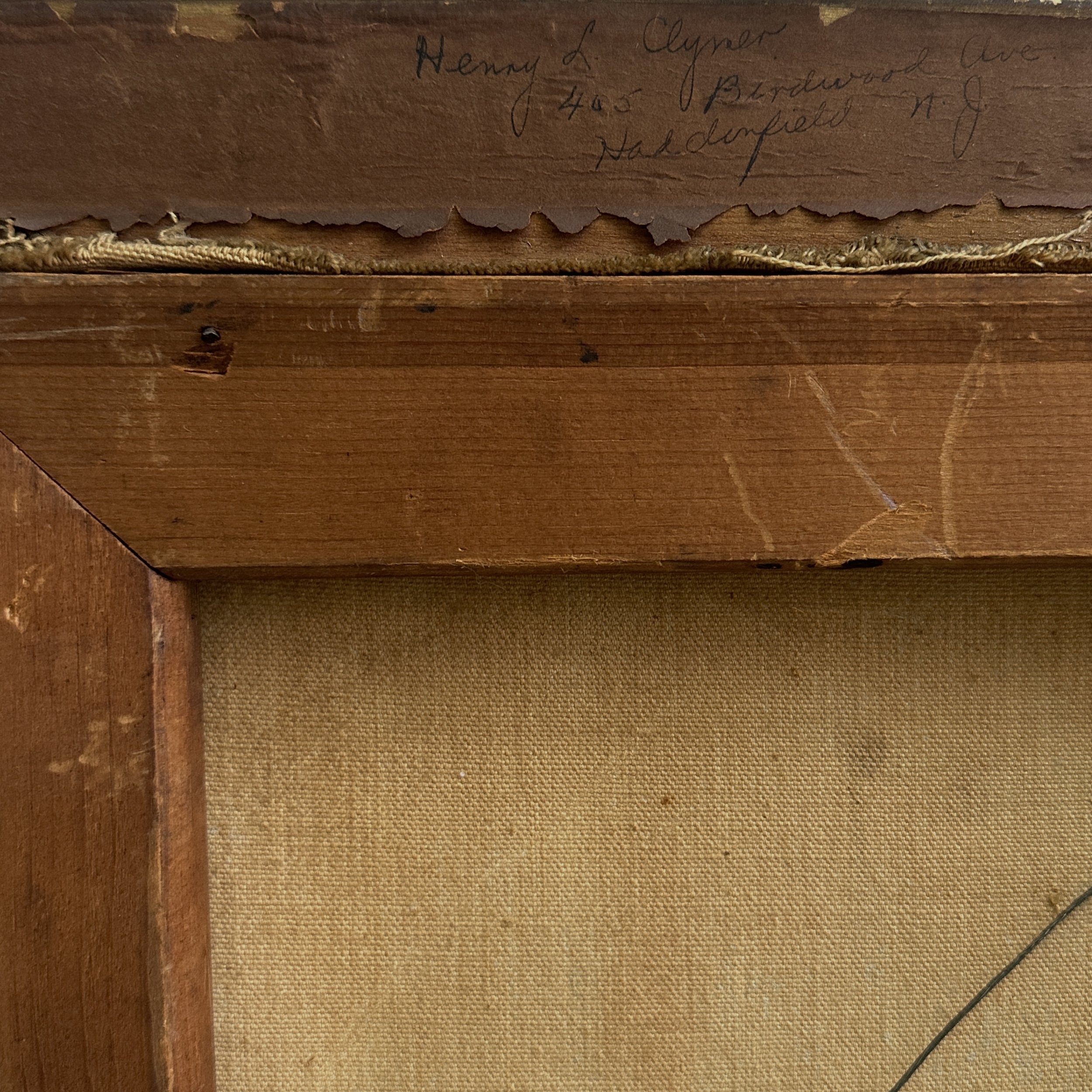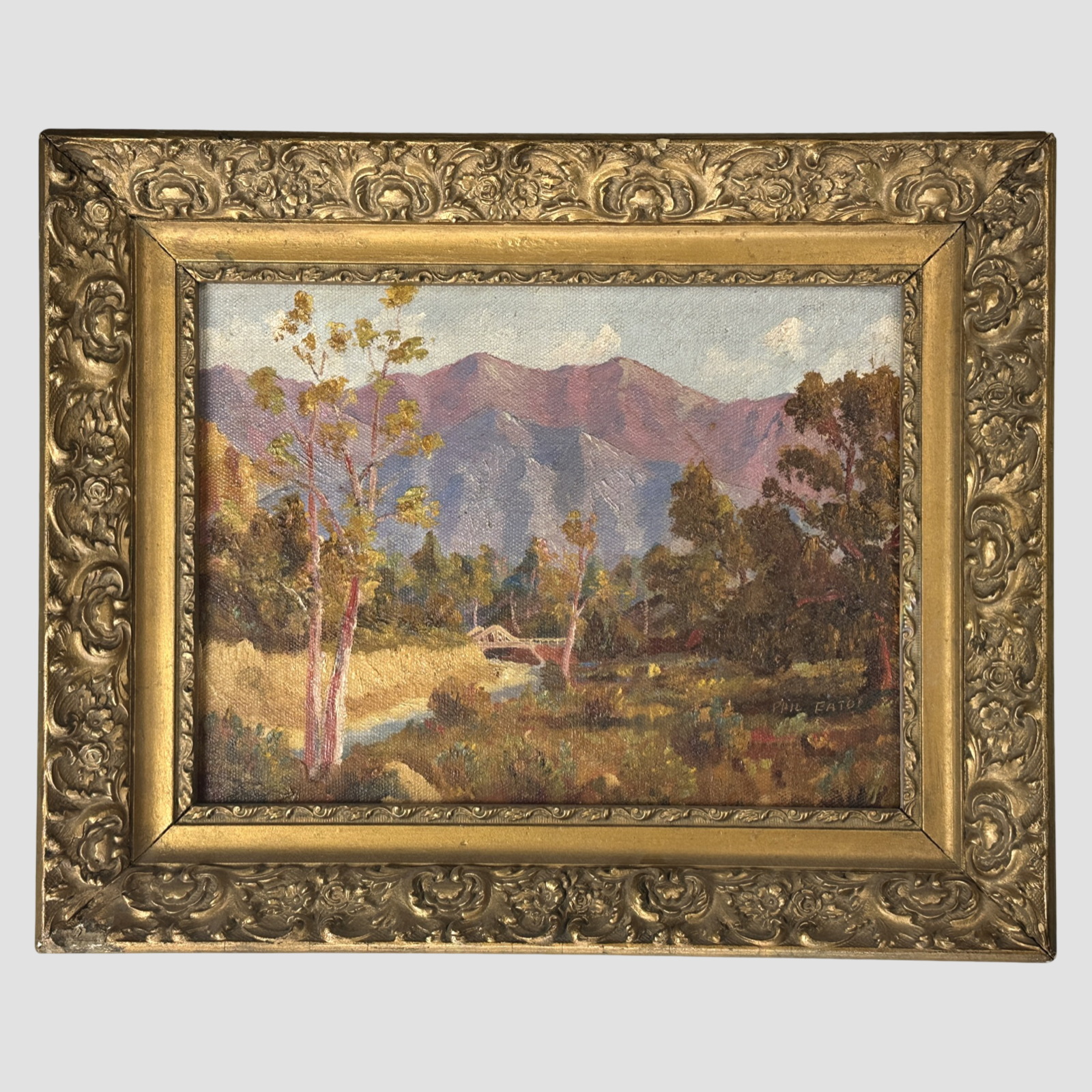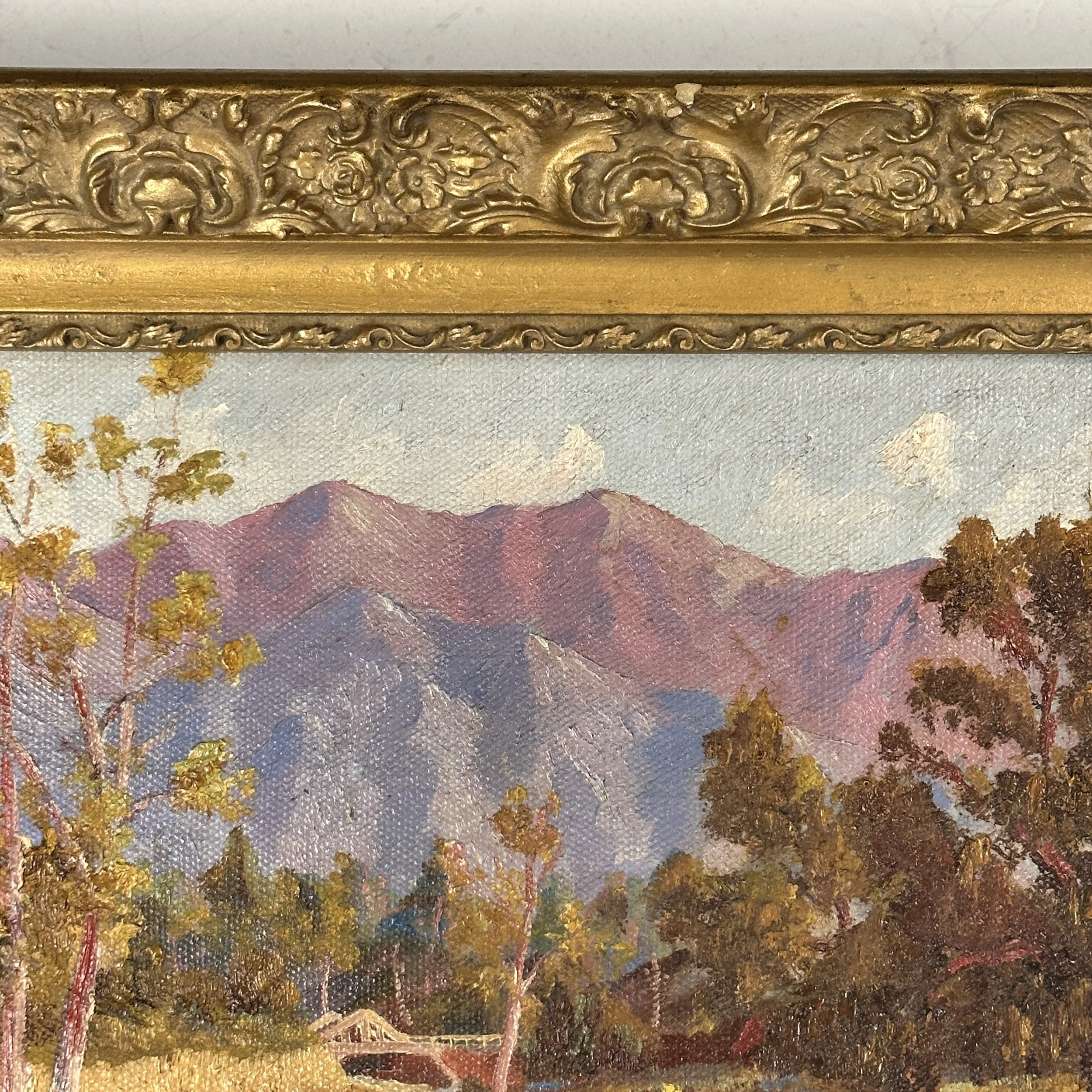 Image 1 of 8
Image 1 of 8

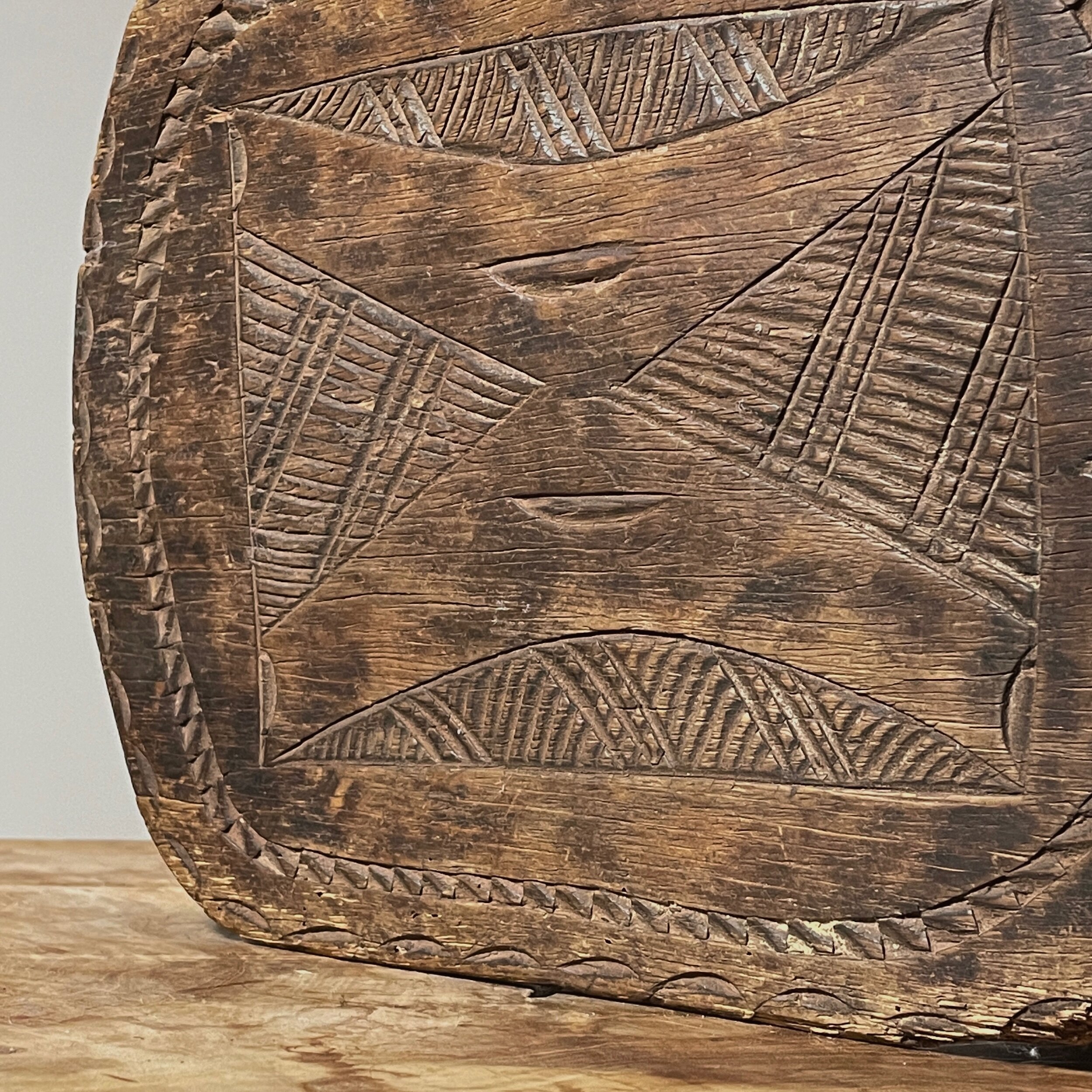 Image 2 of 8
Image 2 of 8

 Image 3 of 8
Image 3 of 8

 Image 4 of 8
Image 4 of 8

 Image 5 of 8
Image 5 of 8

 Image 6 of 8
Image 6 of 8

 Image 7 of 8
Image 7 of 8

 Image 8 of 8
Image 8 of 8









Vintage Hand Carved African Dogon Wood Stool
Vintage Hand Carved Dogon Wood Stool. Hand carved from a single piece of wood. Incised geometric shapes and lines adorn the top of the stool with four tapered legs. In good condition with scratches and scuffs along the edges and top of stool. Please refer to pictures for details.
Size: 10.25”H x 12”W x 9.25”D
The 400,000 Dogon live 180 miles south of Timbuktu on the cliffs of Bandiagara, which dominate the plains for over 150 miles. They speak approximately 120 dialects, many of which are not mutually comprehensible. At first hunters, now on their small fields they cultivate millet, sorghum, wheat, and onion. The millet is stored in high quadrangular granaries around which they build their houses. Because of the difficult approach to these regions and the aridity of the climate, the Dogon have been isolated and hence were able to conserve their ancient religious habits and ways of making the necessary implements, their carvings.
Dogon social and religious organizations are closely interlinked and out of this arose principal cults, which accounts for the richness and diversity of Dogon culture and art. The clans are subdivided onto lineages, overseen by the patriarch, guardian of the clan’s ancestral shrine and officiant at the totemic animal cult. Beside this hierarchical system of consanguinity, male and female associations are entrusted with the initiations that take place by age group, corresponding to groups of newly circumcised or excised boys or girls. The Dogon believe these operations remove the female element from males and vice versa. Circumcision thus creates a wholly male or female person prepared to assume an adult role. The members of an age group owe one another assistance until the day they die. Initiation of boys begins after their circumcision, with the teaching of the myths annotated by drawings and paintings. The young boys will learn the place of humans in nature, society, and the universe. In the Dogon pantheon Amma appears as the original creator of all the forces of the universe and of his descendant Lebe, the god of plant rebirth. The first Dogon primordial ancestors, called Nommo, were bisexual water gods. They were created in heaven by the creator god Amma and descended from heaven to earth in an ark. The Nommo founded the eight Dogon lineages and introduced weaving, smithing, and agriculture to their human descendants.
For these various cults the hogon is both priest and political chief of the village. He is also in charge of the cult of lebe, the mythical serpent. Assisted by the blacksmith, he presides over agrarian ceremonies. The smiths and woodcarvers, who form a separate caste, transmit their profession by heredity. They may only marry within their own caste. Women are in charge of pottery making.
Vintage Hand Carved Dogon Wood Stool. Hand carved from a single piece of wood. Incised geometric shapes and lines adorn the top of the stool with four tapered legs. In good condition with scratches and scuffs along the edges and top of stool. Please refer to pictures for details.
Size: 10.25”H x 12”W x 9.25”D
The 400,000 Dogon live 180 miles south of Timbuktu on the cliffs of Bandiagara, which dominate the plains for over 150 miles. They speak approximately 120 dialects, many of which are not mutually comprehensible. At first hunters, now on their small fields they cultivate millet, sorghum, wheat, and onion. The millet is stored in high quadrangular granaries around which they build their houses. Because of the difficult approach to these regions and the aridity of the climate, the Dogon have been isolated and hence were able to conserve their ancient religious habits and ways of making the necessary implements, their carvings.
Dogon social and religious organizations are closely interlinked and out of this arose principal cults, which accounts for the richness and diversity of Dogon culture and art. The clans are subdivided onto lineages, overseen by the patriarch, guardian of the clan’s ancestral shrine and officiant at the totemic animal cult. Beside this hierarchical system of consanguinity, male and female associations are entrusted with the initiations that take place by age group, corresponding to groups of newly circumcised or excised boys or girls. The Dogon believe these operations remove the female element from males and vice versa. Circumcision thus creates a wholly male or female person prepared to assume an adult role. The members of an age group owe one another assistance until the day they die. Initiation of boys begins after their circumcision, with the teaching of the myths annotated by drawings and paintings. The young boys will learn the place of humans in nature, society, and the universe. In the Dogon pantheon Amma appears as the original creator of all the forces of the universe and of his descendant Lebe, the god of plant rebirth. The first Dogon primordial ancestors, called Nommo, were bisexual water gods. They were created in heaven by the creator god Amma and descended from heaven to earth in an ark. The Nommo founded the eight Dogon lineages and introduced weaving, smithing, and agriculture to their human descendants.
For these various cults the hogon is both priest and political chief of the village. He is also in charge of the cult of lebe, the mythical serpent. Assisted by the blacksmith, he presides over agrarian ceremonies. The smiths and woodcarvers, who form a separate caste, transmit their profession by heredity. They may only marry within their own caste. Women are in charge of pottery making.

